What to do in Old Town Recife, Brazil
Are you planning to visit Recife, one of the biggest and most interesting Brazilian cities? Do me a favor, then: don’t spend all your time at the beach. Yeah, sure, Boa Viagem and specially the beaches outside the city are really nice, but you’ve got to spend at least a few hours getting to know the Old Town. Agreed? Good. Now let’s get to the fun part: what to do there?
The official name of this neighborhood is Bairro do Recife, but everyone calls it Recife Antigo (Old Recife) – or, when you’re more intimate, simply “Antigo”. Charles Darwin and Santos Dumont are among the illustrious characters who have stepped foot in one of the best parts of the capital city of Pernambuco. You won’t miss the chance to join this list, right? :P
You might also want to read:
5 reasons to visit Recife
Recife and Olinda: a guide to Brazil’s best Carnival parties
Aside from wandering around the cobblestone streets, always remembering to look up to the pretty historic buildings, a day in Recife Antigo includes a handful of interesting attractions, not to mention the bars and restaurants. And despite being one of the main city “postcards”, the neighborhood is not only for tourists to see: it’s also one of the biggest technological hubs in the country and one of the main centers of leisure and culture of Recife.
During the week, the people you’ll see walking around are probably employees of the companies that settled there (most of them IT related), while on Sundays you’ll likely meet a bunch of people enjoying the temporary cycle routes that pass through various areas of the city, the handicraft fair that’s installed in Rua do Bom Jesus and special events from the project Recife Antigo de Coração, promoted by the city hall.
Itinerary for a day in Recife Antigo (Old Recife)
To start with the right foot, head straight for Marco Zero (Ground Zero). The official name of the square is Barão do Rio Branco, but you’ll hardly find someone who knows or remembers that. Besides from being the starting point for marking the local distances, this square is the main stage for cultural events such as our wonderful Carnival. <3
And apart from the big “Recife” sign that was put there a few years ago and has been featured in many selfies since then, another highlight of this place is the nice flooring, created by the famous painter Cícero Dias, with a rose of the winds in the middle.
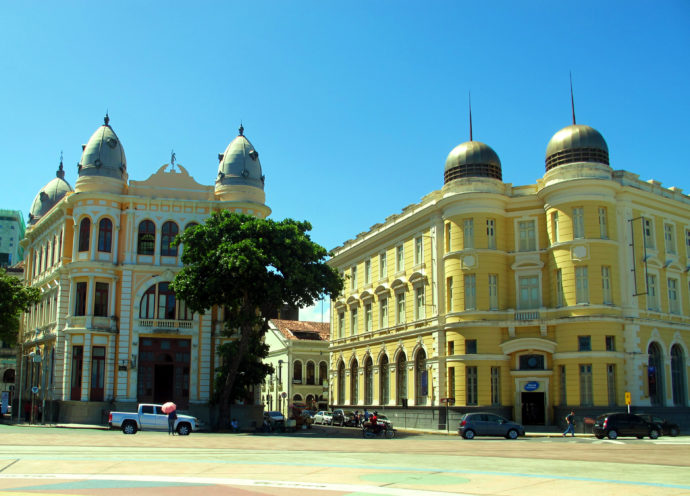
The square is bathed by the estuary of the Capibaribe River, which is very important for the history of the city, and on the other side of the estuary you’ll see a dam that houses the Sculpture Park of Francisco Brennand, a renowned local artist, with a controversial ceramic of phallic shape right in the middle. :P
As you approach the water you’ll probably see boatmen offering to take you to the other side. The crossing costs around R$ 10 (round trip) per person and it’s nice if you’re curious to see some of the artist’s works closely and don’t have time to go to his workshop, or if you’re a big fan of boat trips (even short ones such as this) like myself, and want to see the Marco Zero from a different angle.
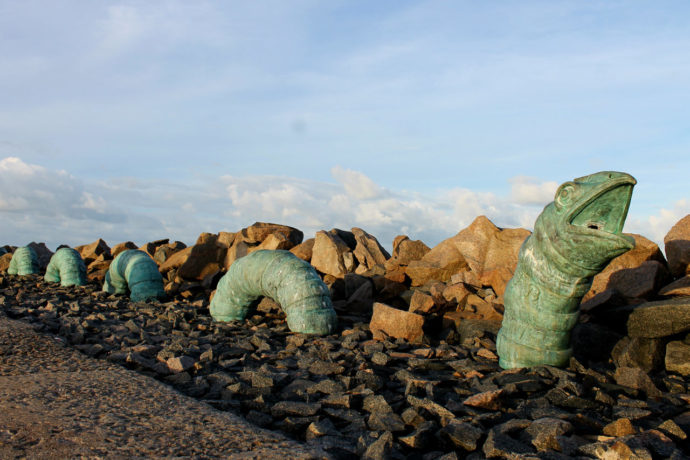
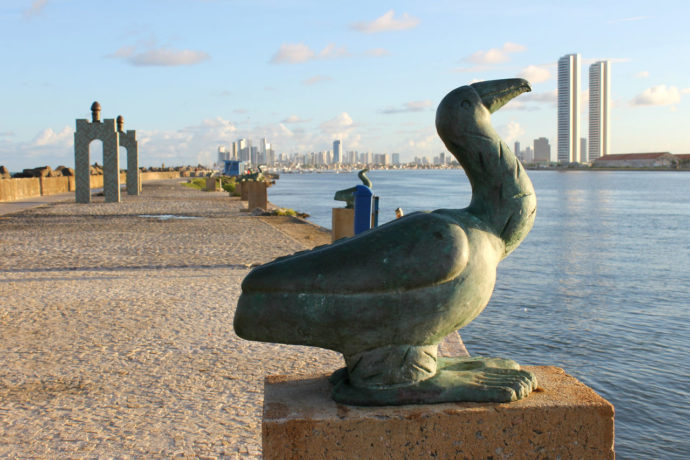
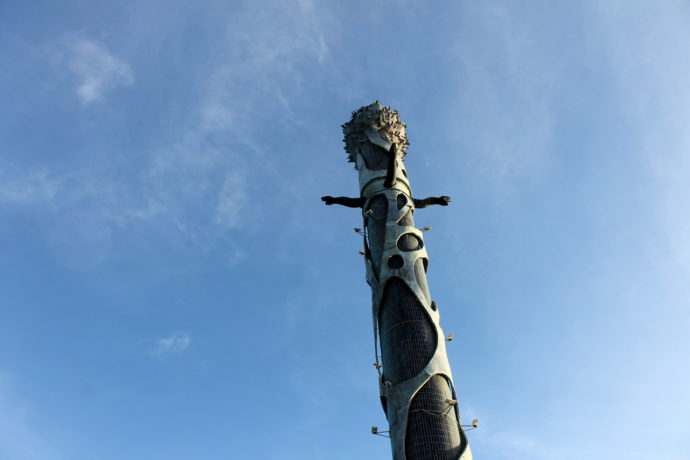
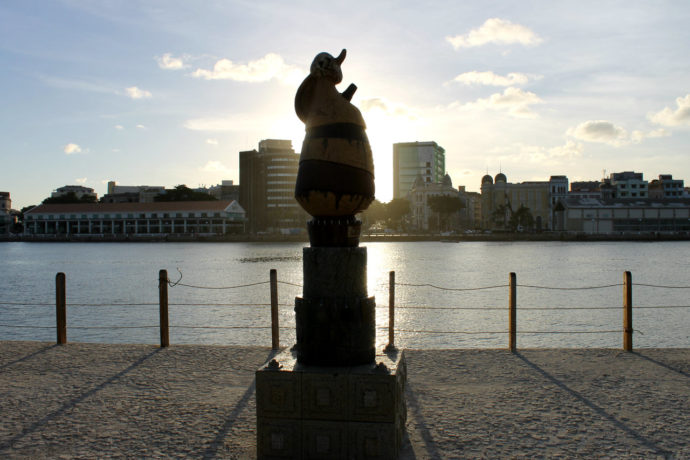
Back to the mainland, in Marco Zero itself you will find a complex of restaurants and bars on one side and the Center of Handicrafts of Pernambuco on the other side. The prices of products sold there are a bit higher than usual, but it’s a nice space with decorative items and toys made with very typical materials, methods and themes.
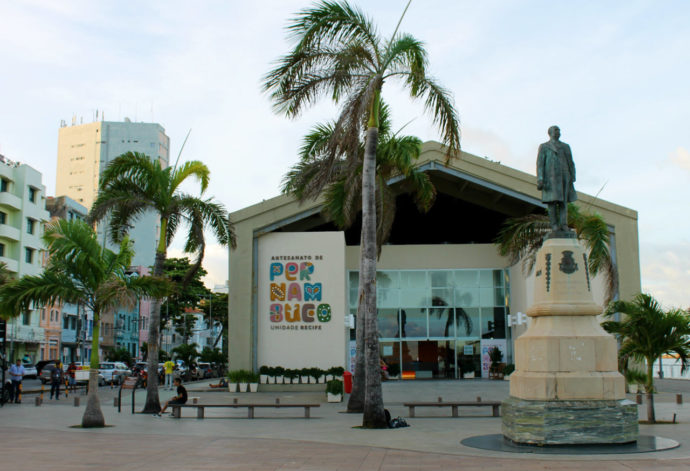
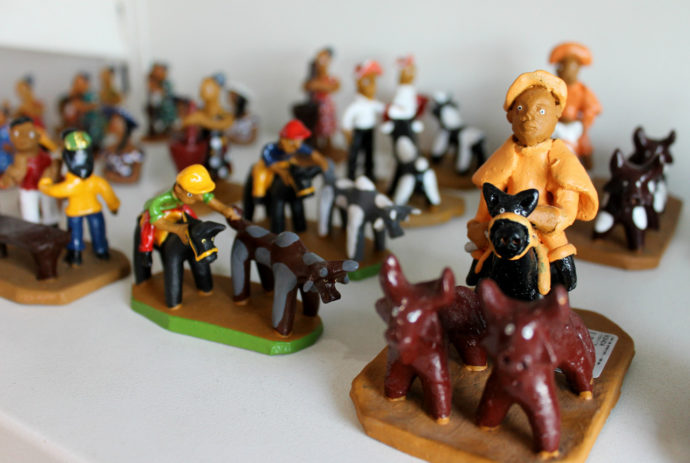
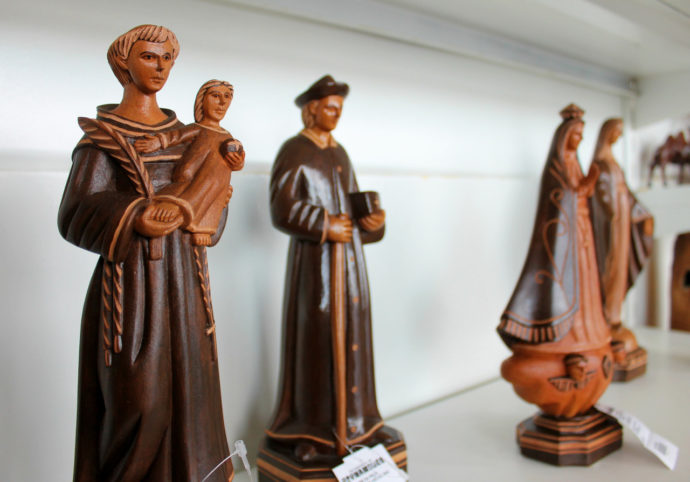
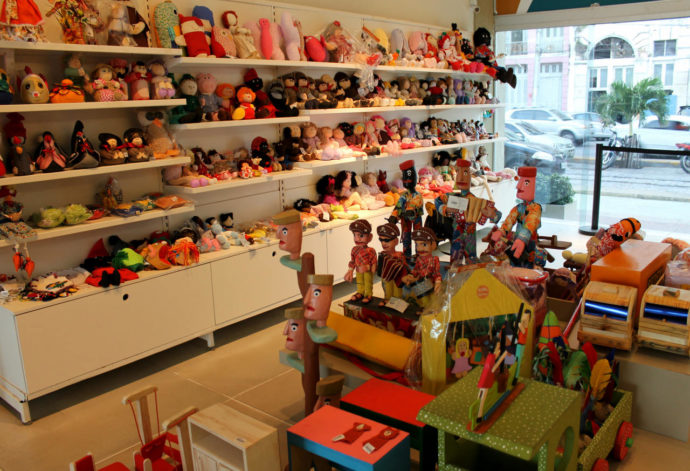
The square is also surrounded by beautiful buildings such as Caixa Cultural, where there’s almost always an interesting exhibition going on. And there’s something that may go unnoticed: the ice cream shop Cioccolatte, which I attended religiously on Fridays after lunch when I worked nearby. They usually offer some unusual flavors, like Heineken or the delicious “bolo de rolo” (which translates to “roll cake” and is one of the main delicacies from Pernambuco).
If you continue walking past the Craft Center you’ll get to a brown building which houses the Cais do Sertão, one of the coolest museums I’ve ever visited. Beautiful and interactive, it mixes tradition and modernity to portray the culture of the dry Northeastern area called Sertão and the life of the great musician Luiz Gonzaga. The last time I was there most things were in Portuguese only, which is a real shame, but I still think it’s worth a visit.
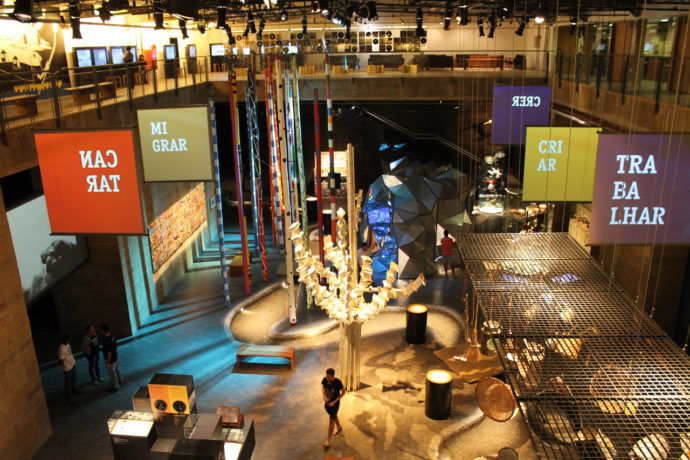
From there, head back to Arsenal Square, where the Malakoff Tower is located. This cultural space houses exhibitions, one of the oldest astronomy observatories in Latin America and a belvedere. On weekends there is sometimes a stage there, with music and dance performances, but the permanent highlight of the square is the Paço do Frevo, another museum very much linked to local culture.
Dedicated to celebrating Frevo, a local rhythm that’s at the center of Carnival manifestations in and around Recife, the museum is beautiful and informative – although I believe most of the information is also in Portuguese only. :( It’s worth a quick visit even if it’s only for the look of it and to listen to the music, and I believe they have English speaking guides.
If you do not leave the place feeling in love with frevo and compelled to schedule another visit to Pernambuco during the Carnival season, at least you’ll take some cool photos. :)
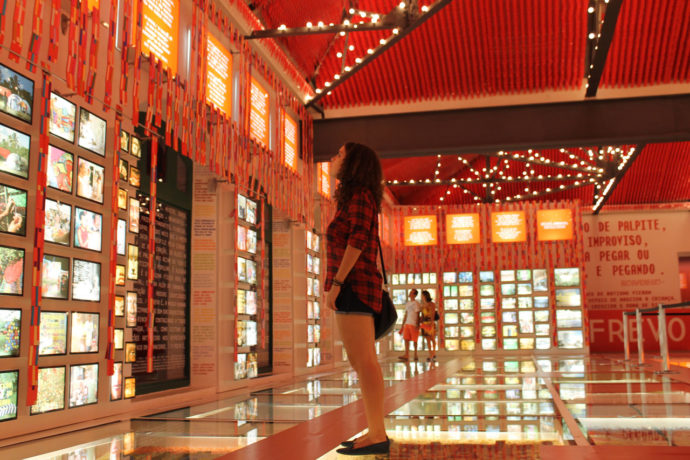
On the ground floor of the museum there’s one of the units of Malakoff Café, one of the best cafés in town. Another option if you feel like having something sweet and cold is to try the “maltado” (malt chocolate milkshake) in the small cafeteria As Galerias, which is just around the corner, in front of the tourist information office. Simple and traditional, the place has decades of existence and a special place in the memory of many people who grew up in Recife.
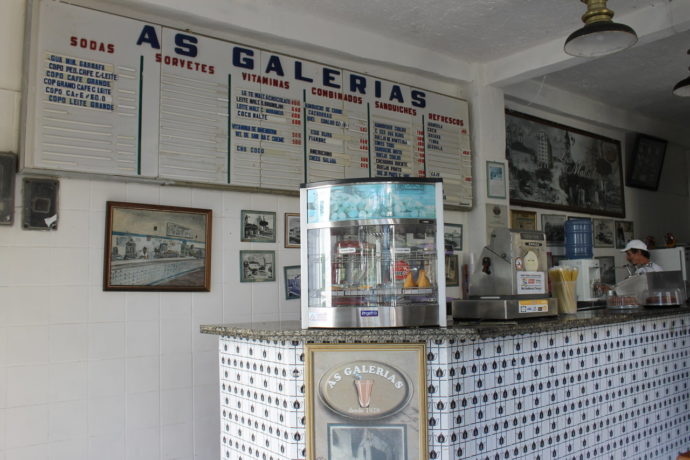
You can also find the same drink at Fidélio Lago, another small shop nearby which is run by the family of the former owner of As Galerias. And near As Galerias, in Rua da Guia, there is another popular snack bar, Gelatto’s, with several options of fruit juices mixed with water or milk (but if you don’t have a sweet tooth ask for yours with little sugar, because they usually exaggerate). The place isn’t fancy at all, but it’s a good choice if you want to try fresh juices made from delicious Brazilian fruit.
And then it’s time to go to the most beautiful street in the neighborhood, Bom Jesus Street. In addition to the colorful buildings, it houses the first synagogue in the Americas, Kahal Zur Israel, which is one of the most important landmarks of the Jewish presence in colonial Brazil and is open for visits.
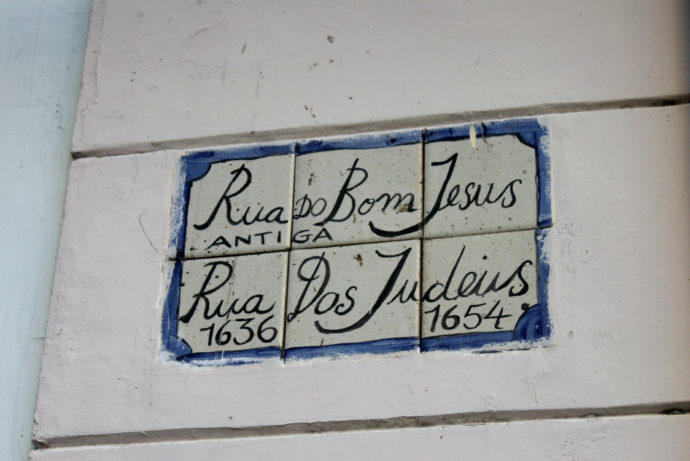
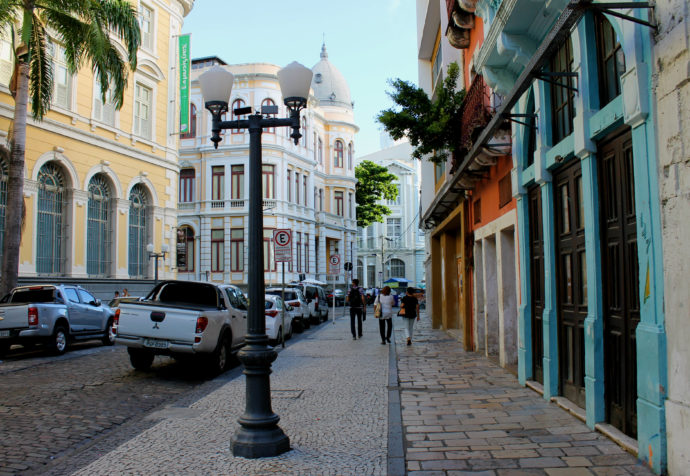
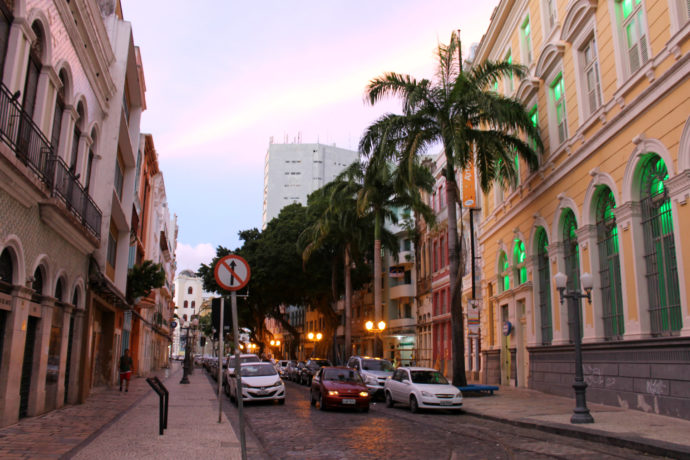
Next to it you’ll also find the Embaixada dos Bonecos Gigantes (Embassy of the Giant Dolls), which is sort of a museum for the huge dolls that are a trademark of our Carnival. The place consists basically of a room full of those dolls, so don’t expect much from the visit, but it’s interesting to see the giant versions of famous people such as David Bowie, Carmen Miranda, Batman and Darth Vader. :P
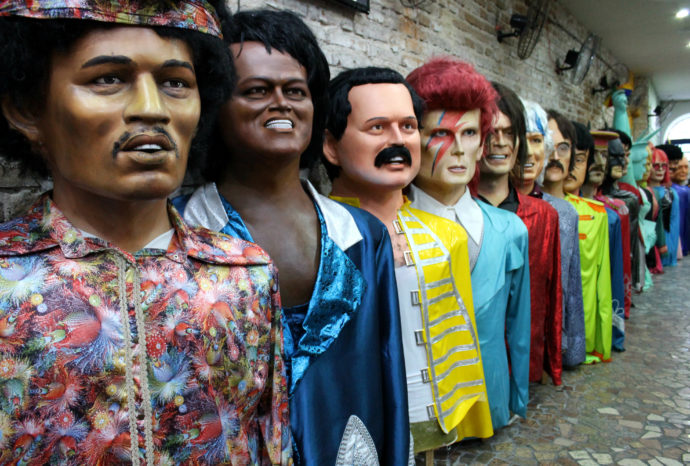
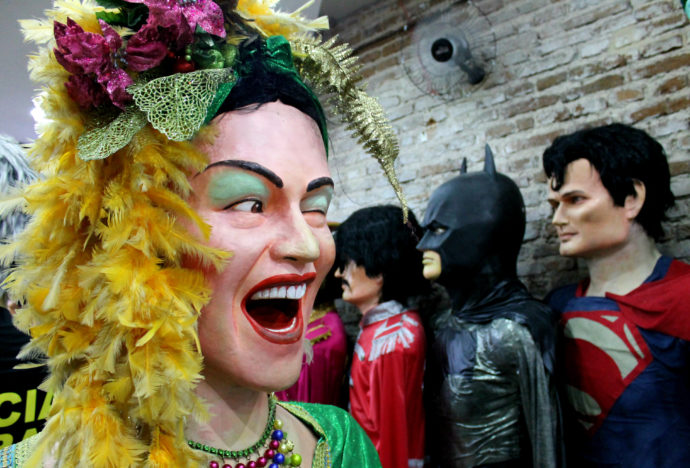
From there you can walk to Paço Alfândega, a shopping mall built in an old and charming building, and go up to the last floor to see the view of the river. On one side of the mall is a great bookstore (with a fair selection of books in English and some other foreign languages) called Livraria Cultura and on the other you’ll find the Madre de Deus Church, one of the most beautiful churches in the city (mostly from the inside).
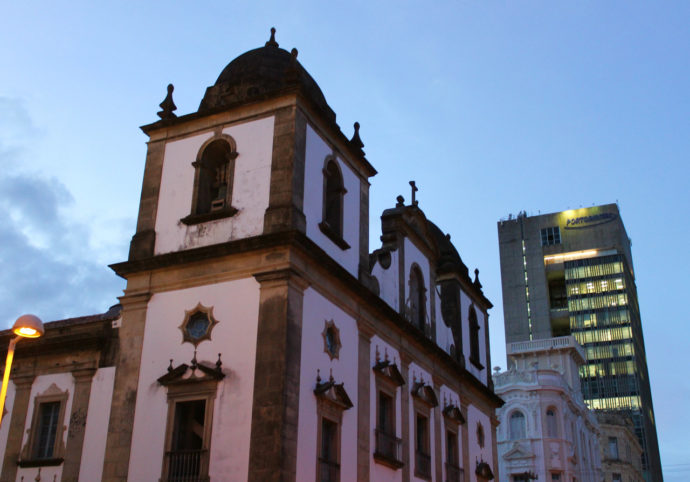
Near the church, in front of the back entrance of the mall, you’ll find Rua da Moeda (Coin Street), which is usually quite lively at night. If you’re hungry, you can stop by the Brotfabrik bakery or eat a typical delicacy such as “macaxeira with carne de sol” or “arrumadinho” at the traditional bar Bodega de Véio.
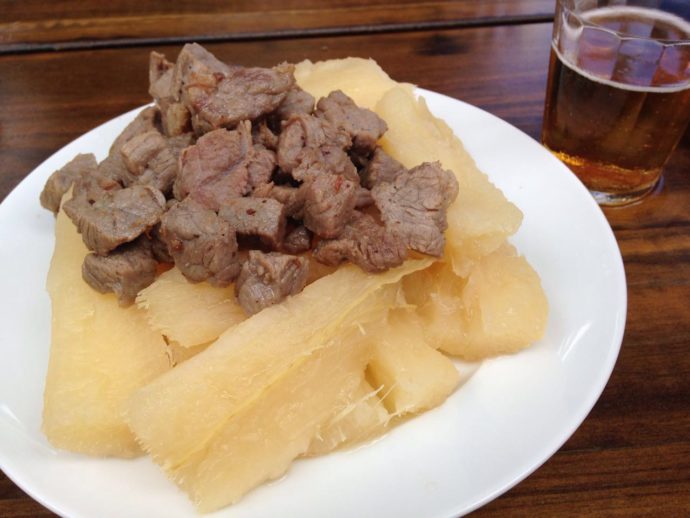
If it’s not night time yet and you don’t want to wait for it to enjoy the bars of Old Recife, cross the bridge towards Praça da República (Republic Square), where you’ll find the beautiful Santa Isabel Theater and the Palácio do Campo das Princesas, which serves as the seat of the state government and can be visited at scheduled times.
From there you can also walk around the neighborhoods of Santo Antônio and São José and visit some nice churches such as the Basílica de Nossa Senhora do Carmo (Basilica of Our Lady of Carmo), the exciting São José market and the Casa da Cultura (House of Culture), an old prison transformed into a handicraft center. Just be aware that in this area you should be more watchful of your belongings.
Tired of walking? Another option is to take a catamaran ride and enjoy the sunset while you go beneath our many bridges listening to typical music. Impossible not to have fallen in love with Recife by then. :)
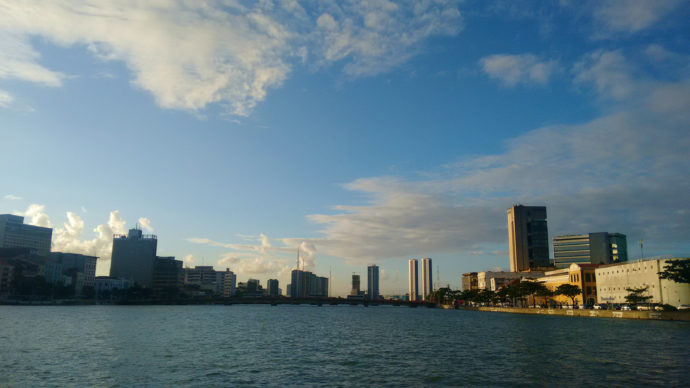


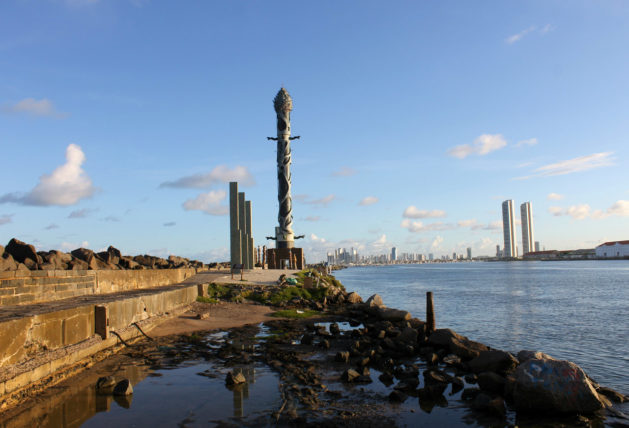
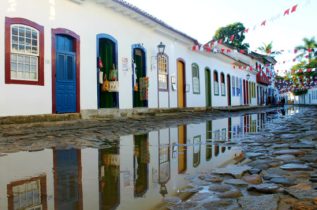














0 Comentários